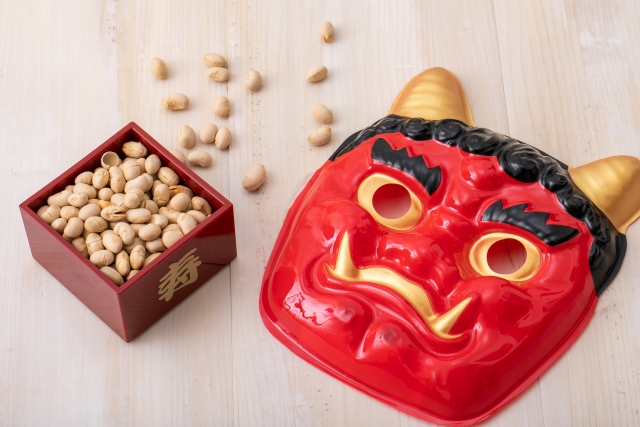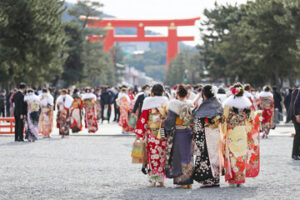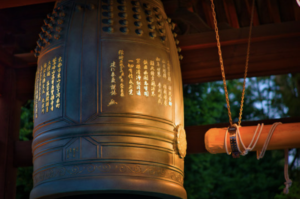In Japan, there is a seasonal event called “mamemaki” (bean-throwing), in which beans are thrown at oni (ogres) during “Setsubun” in early February. After throwing beans at the ogres, people eat the beans and pray for happiness in the coming year. It is one of the popular seasonal events held at religious facilities such as temples and shrines, kindergartens, elementary schools, and even at home.
What is Setsubun?
Setsubun is the day before the beginning of each season. It means the division of the seasons on the almanac. Since Japan has four seasons, Setsubun is also held four times a year.
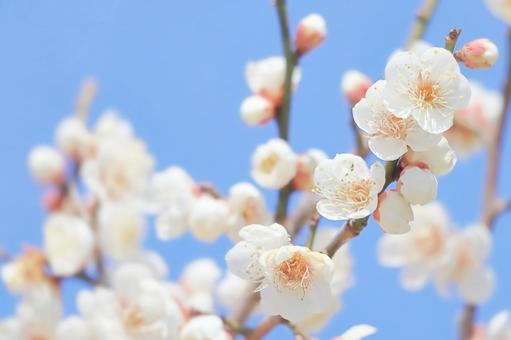
Today, “Setsubun” often refers to Setsubun in February.Around February 4 every year is Risshun, the day when spring begins according to the lunar calendar. The day before Risshun is Setsubun, and bean-throwing events are held throughout Japan.
The reason Setsubun in February is so special
February on the solar calendar was around the time of the New Year on the lunar calendar, when “mamemaki” (bean-throwing) is held to purge invisible impurities, bad luck, and evil spirits that have accumulated during the year.
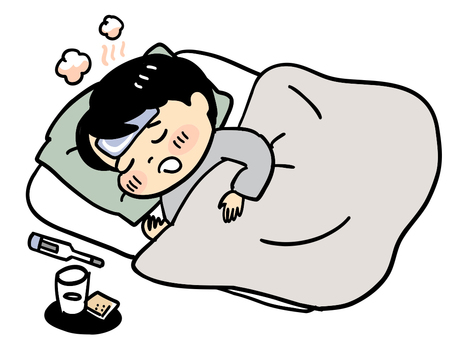
Around the time of Setsubun in spring is the coldest time of the year. In addition to the cold, it is easy to fall ill when the seasons change. In the past, colds often led to serious and life-threatening illnesses.
People believed that the change of seasons brought on bad spirits and that ogres and pestilence caused plague and suffering to humans. In order to drive away these evil spirits and ogres, an event to exorcise them was held on Setsubun in February.
Bean-throwing is an exorcism of evil spirits
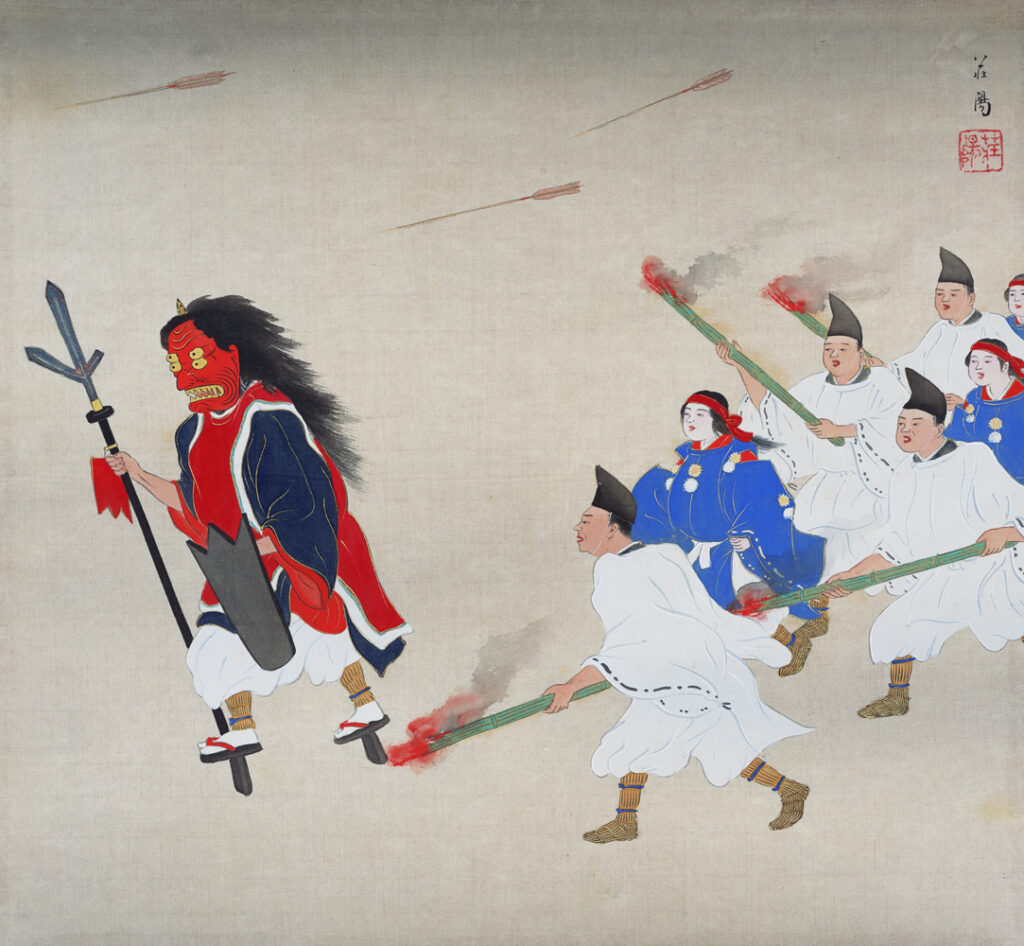
The event of “exorcism of evil spirits” was one of the annual court rituals in ancient times. It began when dolls of oxen and children made of colored clay were displayed in front of each gate of Heian Palace.
In the Muromachi period (1333-1573), it was adopted by the common people and changed to an event to drive away ogres with roasted beans.
Exorcism of Evil Spirits and Oni (“Ogres”)
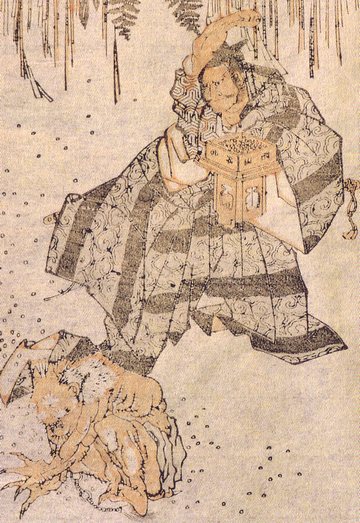
In the olden days, people believed that oni (ogres) were responsible for unexplainable misfortunes such as natural disasters, epidemics, and starvation. The Setsubun ritual of exorcising oni (ogres) was held in order to quell these unfortunate events.
The ogres are exterminated by scattering beans while shouting “Oni wa soto, fuku wa uchi” (“Oni is out, fuku is in”). Afterwards, people eat as many beans as the number of their age (or one more) to ward off bad luck and wish for a happy new year.
Are Oni ( ogres ) outside or inside?
Since Oni (ogres) are invisible evil beings, people call out to them while throwing beans at them to drive them out.
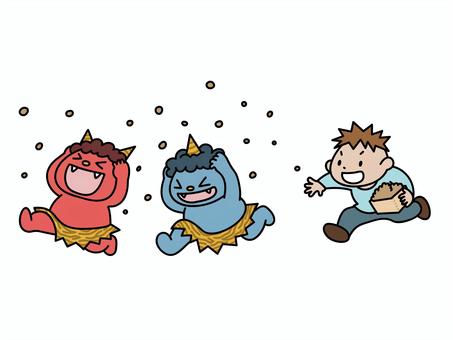
Oni wa soto, fuku wa uchi (The ogre is outside, the good fortune is inside)
This is a common call. It is a wish to drive out the demons that bring misfortune, and bring in the god of good fortune, who brings good luck.
Oni wa uchi, Fuku wa utchi (“Oni is within, Fuku is within”)
Depending on the sect, shrine, or region, both ogres and good luck are invited into the house. It is believed that some Oni ( ogres ) are just as good as deities. By inviting oni into the house, people wish for good health and happiness for their family members.
Oni wa uchi , Fuku wa soto (‘Oni is inside, Fuku is outside’)
In some areas, people believe that if they invite evil ogres into their homes and keep the blessings out, the people living in the area will be more blessed and happy, and in turn, they will be happy as well.
What color are the Oni (ogres)?
Red and blue Oni (ogres) often appear at bean-throwing ceremonies.
In Buddhism, oni appear in five different colors. Each color represents a human being’s vexations. It is said that by throwing beans at the oni of the affliction you want to let go of, you can get rid of that affliction.
- Red Oni: Strong desires such as lust and craving
- Blue Oni: malice, hatred, anger
- Yellow Oni: upset mind and regret.
- Green Oni: weariness, drowsiness, and poor health
- Black ogre: lowly feelings

Why do people throw beans?
Japanese people have long believed that grain is inhabited by spirits called “Koku-rei,” or grain spirits. In particular, they believed that beans had the power to exorcise oni (ogres).
Types of beans to throw at oni (ogres)
Soybeans and peanuts are mainly used.
Roasted soybeans
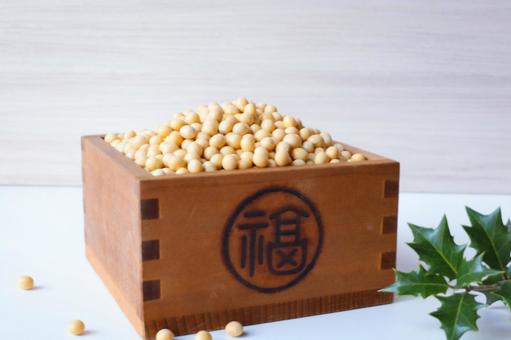
The traditional bean-throwing ceremony to drive away oni (ogres) began in the Muromachi period (1333-1573), and roasted soybeans are used.
The reason for using roasted soybeans is to wish away bad luck. It is said that the sprouting of beans used to drive away evil spirits is considered bad luck, so roasted beans are used to prevent sprouting.
Peanuts
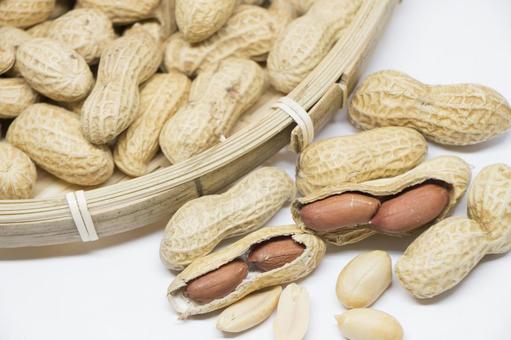
Peanuts are also often used.
It is not clear when people began using peanuts. It is believed that peanuts are often used in regions with heavy snowfall because they are easy to find on the snow and beans scattered outside can be peeled and eaten even after being picked up.
From Beans to Candy
At children’s events, chocolate and other snacks are also used instead of beans. In such cases, individually packaged sweets are popular for reasons of hygiene, ease of cleanup, preservation, safety when eating, and allergy considerations.
Do people eat the beans thrown to the oni (ogres)?
It is customary to pick up the beans thrown to the ogres and then eat “the number of beans for your age + 1”.
The beans are eaten to ward off oni (ogres), illnesses and disasters, and to pray for happiness throughout the year.
Tips: How to enjoy the bean-throwing ceremony
Who plays the role of the Oni (ogre) when you hold a bean-throwing ceremony at home?
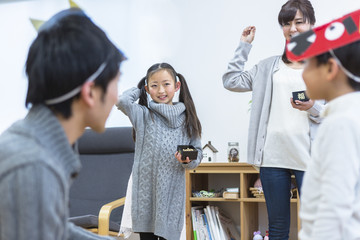
Men and parents often play the role of ogres, but sometimes children enjoy playing the role of oni.
Recently, oni costumes are easily available, but in most cases oni masks are worn.
Where can you get oni masks?
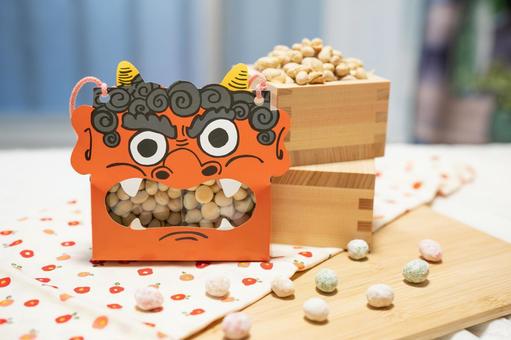
In kindergartens and early elementary schools, children often make their own ogre masks for family use.
In late January, if you buy beans at a supermarket or convenience store, you will often find an Oni mask attached to the beans. This is very useful.
Watanabe family members do not need bean-throwing
There is a theory that bean-throwing is unnecessary for families whose last name is “Watanabe”.
In the Heian period (794-1185), “Watanabe Tsuna” went out to exterminate oni (ogres). Watanabe Tsuna was so strong that ogres came to fear the surname “Watanabe” and would not approach the Watanabe family.
This is a seasonal event that adults can easily participate in. Enjoy!

